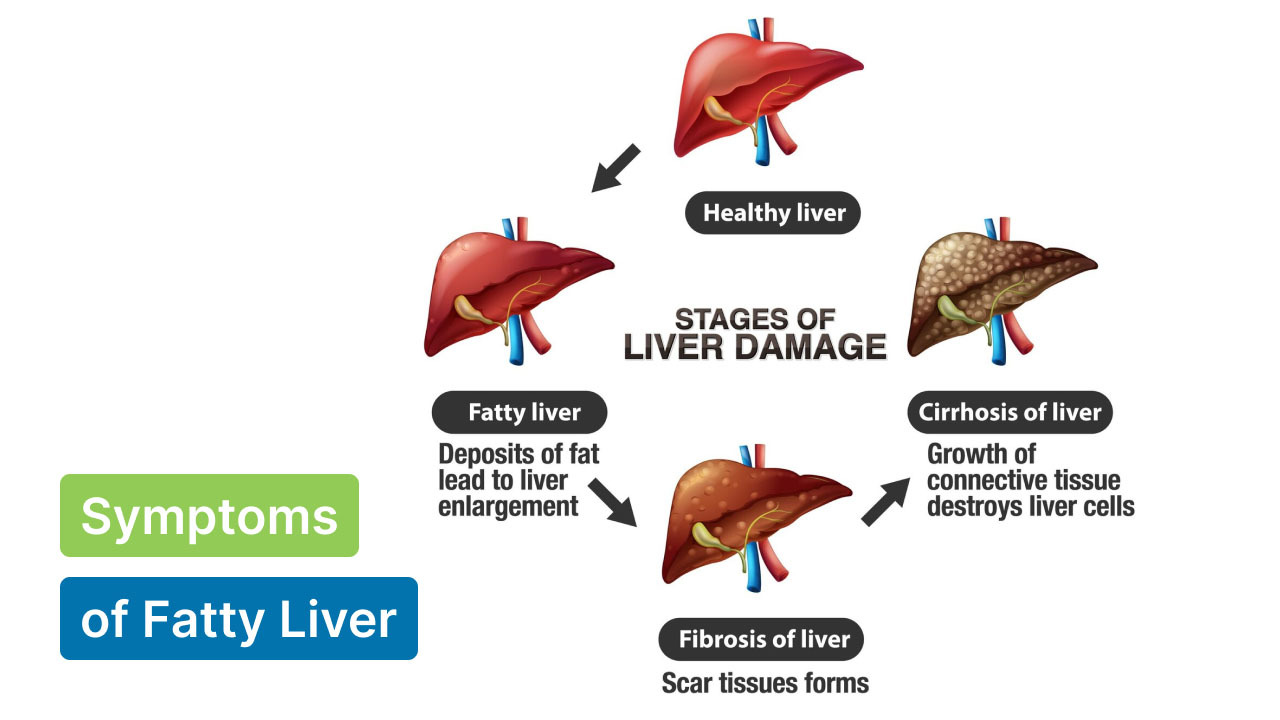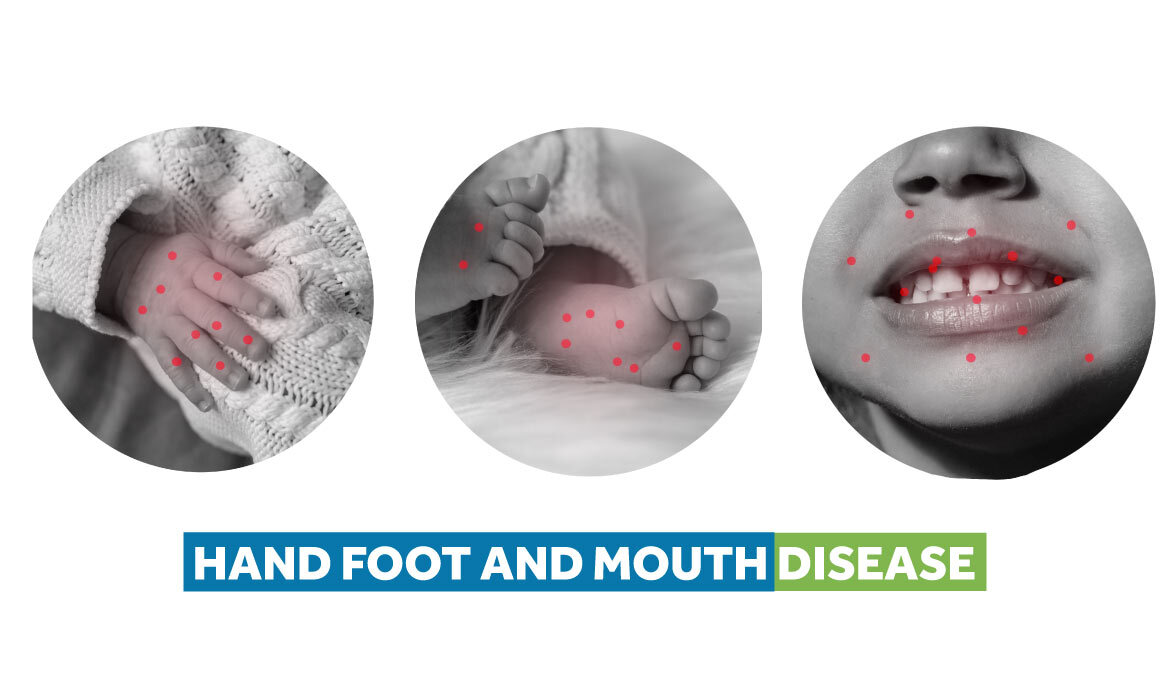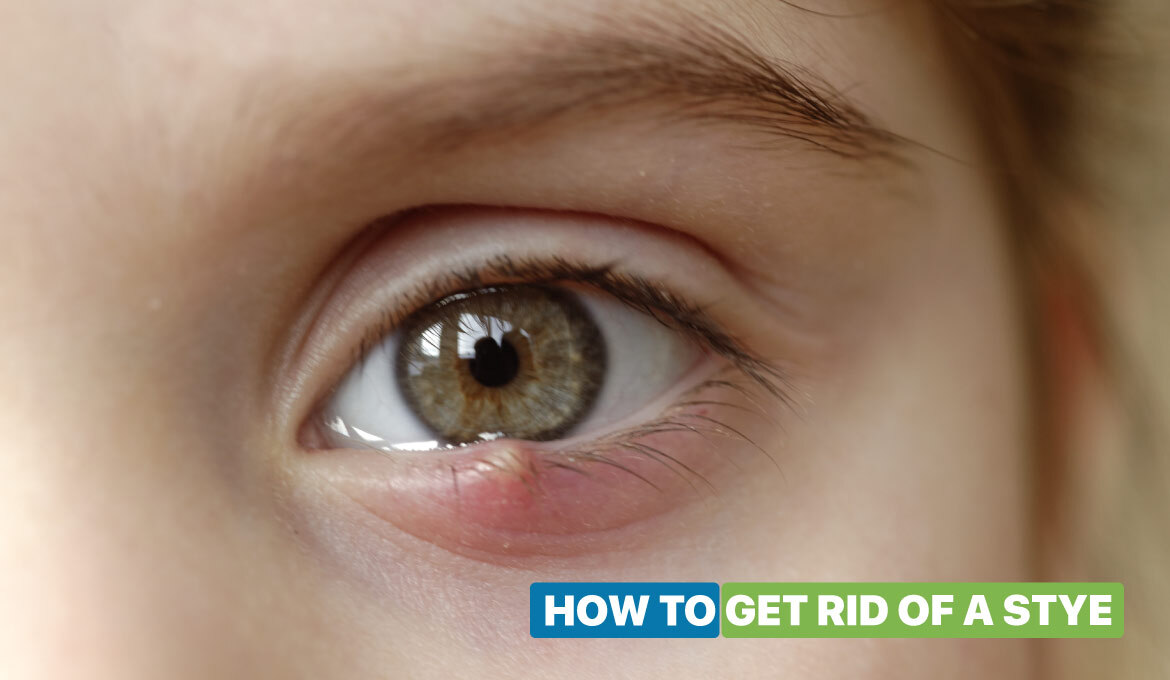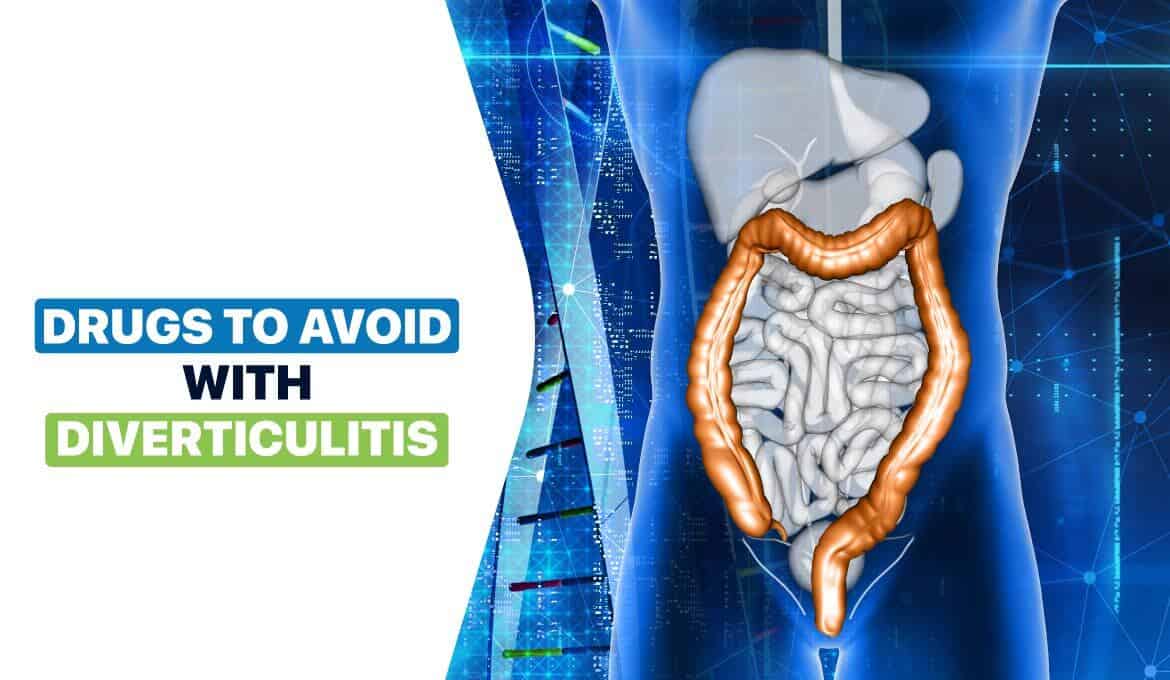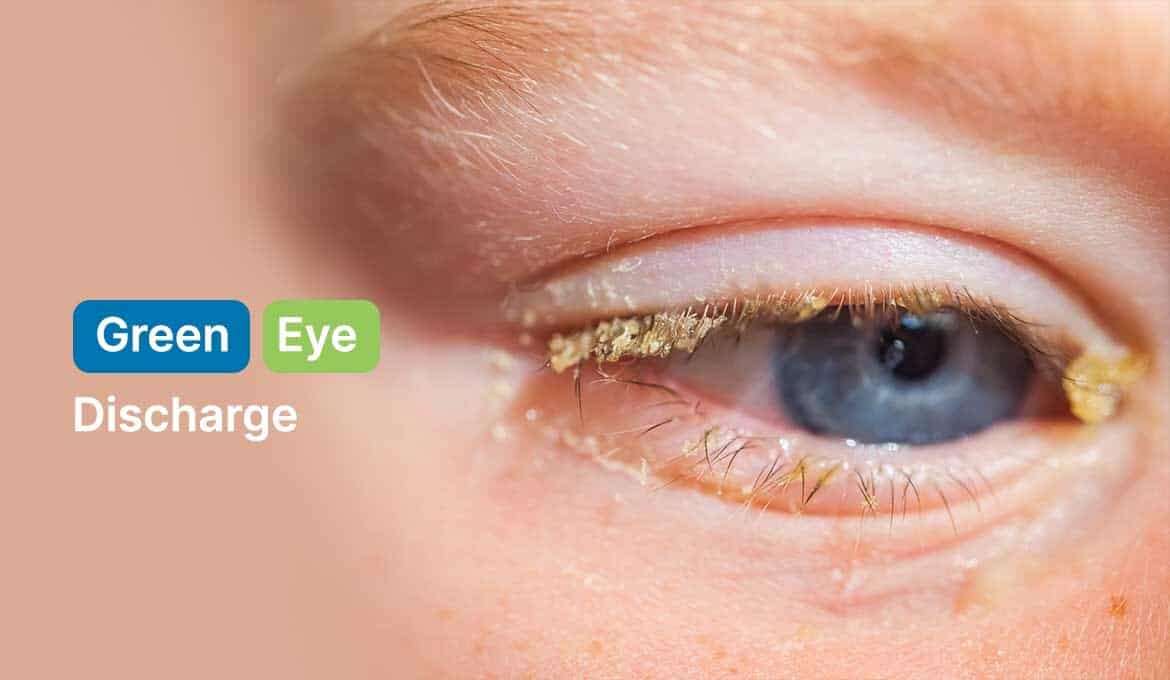
Ever wonder why there's a weird lump under your armpit? No worries. Many have been there.
Lump under the armpit is a common yet unusual occurrence for both men and women. They can range from pea-sized to golf ball-sized and have multiple causes.
Yes, finding a lump in your lump can be frightening, but it is not necessarily cause for concern. Many of them go away on their own. There are multiple potential causes for it, such as vaccinations, cysts, or bacterial infections.
Once you know the characteristics of your lump under the armpit, you can take it easy and proceed with your treatment. This article discusses what a lump under the armpit means, along with diagnosis, treatments & more. Let's get started.
What Does Lump Under Armpit Mean?
An armpit lump, or axillary lump, is a swelling or bump under the armpit. Usually, lymph nodes are too tiny to be felt below the skin. A lump in the armpit, known as lymphadenopathy, is often the result of allergic reactions or bacterial infections in the axillary lymph nodes.
The most apparent sign of an armpit lump is the lump itself. They can be tiny or large in size. Their texture may also differ according to what is causing it.
For instance, a cyst or skin infection may feel soft to the touch. On the other hand, malignant tumors and fibroadenomas may feel stiff and rigid.
You may notice the following symptoms if you have armpit lumps:
- Persistent swelling around the lymph nodes.
- Redness, pain, and fever
- Night sweats
- Soft, rubbery, or firm
In rare cases, armpit lumps could be a sign of a more serious health condition. In such cases, it will most likely require medical attention.
What Causes a Lump Under the Armpit?
A lump under the armpit may arise from several different reasons. Most of the armpit lumps are harmless and the direct result of uncontrolled tissue growth.
Here are some of the common causes of armpit lumps:
i) Enlarged lymph nodes
The primary cause for a lump under the armpit is an enlarged lymph node, an immune system component that can swell up while the body is battling an infection.
Lymph nodes are small immune system organs that operate as filters in the body. They support the body in getting rid of intruders like bacteria and viruses by trapping them.
As a result, when you have a bacterial or viral infection, your lymph nodes may expand, resulting in a tiny lump. Lymph nodes are found throughout the body, but those in the area of the neck or armpits are often more visible when they swell.
ii) Bacterial or fungal Infections
Lump formation in the armpit can result from bacterial or fungal infections. These infections may lead to painful, reddened swellings known as abscesses.
Two common bacterial infections are cellulitis, which affects the skin's deeper layers, and folliculitis, which damages hair follicles.
Other bacteria that affect the lungs and other parts include streptococcus and mycobacterium. Painful lumps under the armpit can also result from fungal illnesses like ringworm.
iii) Vaccine reactions
Some individuals experience short-term enlarged lymph nodes after receiving a vaccine, such as the flu shot or the COVID-19 vaccine.
It indicates that the immune system is responding to the immunization. The armpit lump usually appears on the side of your body where you had the shot. While it does not happen to everyone, it is considered a normal reaction that usually resolves itself within a few weeks.
iv) Lipomas (Benign fatty growth)
Lipomas are lumps formed from fatty tissue beneath the skin. They are non-cancerous soft tissue tumors that commonly develop after age 40. Lipomas are usually slow-growing and do not require treatment once it has been diagnosed.
Sometimes, lipomas develop as a symptom of other illnesses or disorders. Lipomas are mostly painless and harmless.
However, if it comes into contact with any nerves, it might cause pain. If it's bothering you, a medical practitioner can remove it by making a small incision and taking off the tissue.
Since you can't always tell if a lump is a lipoma, it's best to consult with a doctor so they can correctly determine what it is.
v) Cysts (fluid-filled sacs)
Cysts or abscesses under the skin may also form large painful lumps in the armpits.
They are small, isolated sacs of fluid, air, pus, or substances that can develop practically anywhere in your body. They tend to be triggered by irritation, such as shaving, ingrown hairs, or the use of antiperspirants.
This is most common in teenagers who are just starting to shave.
vi) Fibroadenomas
Fibroadenomas are solid lumps that are non-cancerous tissues. They are usually found in women's breasts between the ages of 15 and 35. They may appear in the armpit if they are on the side of the breast.
Fibroadenomas come in a range of sizes and might have a hard, marble-like texture.
vii) Allergies
In certain cases, allergic reactions to perfumes, lotions, soaps, or shaving products may lead to the formation of armpit lumps. These include skin redness, irritation, or even burning.
However, allergic reactions could also show up from the inside out, leaving you with a painful lump under your armpit. So, stop using any products (allergens) that you feel are triggering allergic reactions.
viii) Hidradenitis suppurativa:
Hidradenitis suppurativa is another potential cause of a painful lump under the armpit. It is a chronic inflammatory disorder where your hair follicles get clogged, resulting in the formation of small bumps under the skin.
It is believed to be hereditary or caused by hormones, smoking, and obesity. Hidradenitis suppurativa is generally a harmless illness, although it can occasionally result in infections or other consequences that call for ongoing medical treatment.
Women are more likely to get hidradenitis suppurativa, which typically affects the breast and groin areas.
ix) Autoimmune disease
Several autoimmune diseases can affect the lymphatic system, thereby increasing the probability of lymph node swelling.
Rheumatoid arthritis and lupus are two examples of them. Inform your physician if you have a known autoimmune disease and notice a few lumps under your armpit.
In addition, certain people may be born with conditions like autoimmune lymphoproliferative syndrome (ALPS), which could potentially increase the risk of developing enlarged lymph nodes.
Is a lump under the armpit a sign of breast cancer?
Many people, especially women, have this confusion. Women should pay close attention to any lumps under their arms as it may sometimes be linked to breast cancer. They should undertake breast self-exams every month.
Lymph nodes in the armpit might expand if cancer cells move through the lymphatic system from the breast. It's important to note that not all armpit lumps mean breast cancer; infections or cysts can also cause swelling.
Although anyone can develop breast cancer at any age, those over 50 who have a family history of the condition and/or certain genetic factors are more at risk. They should also see a doctor regularly for normal screening and care.
See a doctor as soon as you find a lump since early detection is key. They will do an in-depth checkup of you, possibly with imaging or biopsies, to determine the cause of the lump and how it relates to breast health.
If breast cancer is confirmed, there’s nothing to worry about. The doctors will recommend treatments accordingly.
How is a Lump Under the Armpit Diagnosed?
Although a lump under the armpit isn't likely to be a sign of breast cancer, it is important to have it checked out and get all the tests that are recommended by the doctor.
The doctor may ask about the patient's medical history, including the lump's characteristics and duration. Plus, they might look for symptoms of infection, inflammation, or other related symptoms.
They will also ask the following screening questions to understand the cause of the bumps in your armpit:
- What is the color of the lump?
- Is there a rash on your body?
- Do you experience any kind of pain when you touch the bump?
- When did you first notice the lump?
- Have you had a fever in recent weeks?
With just a short examination, they will be able to figure out the cause. Your doctor will also inquire about your medical history, recent symptoms, and changes in the way you feel.
Some of the tests might include:
a. Biopsy – A biopsy is likely to be recommended if the diagnosis is still unclear or if there are signs that the lump could be more potentially hazardous. During a biopsy, a tiny sample of tissue is taken from the lump so that it may be examined under a microscope.
b. MRI and CT Scan – Imaging studies are often used to visualize the internal structures of the armpit. Imaging scans might be advised if the lump is difficult to explain or if the clinical examination raises concerns.
Computed tomography (CT) scans, magnetic resonance imaging (MRI), and ultrasound are examples of common imaging techniques. They might be useful in determining the type of lump, such as a lipoma, cyst, or swollen lymph node.
Other diagnostic techniques include allergy testing, complete blood count, mammogram, and chest X-rays.
How to Treat Lump Under Armpit?
First things first, make an appointment with a healthcare specialist. It is advisable to have your concerns checked out by an expert as soon as possible. Many people have lumps that do not require any treatment.
A doctor may simply monitor the lump and ask the person to report any changes they experience.
Following diagnosis, a suitable treatment approach can be found for a lump beneath the armpit. Here are various painless lump under the armpit treatment options:
1. Home remedies
For benign lumps such as lipomas or cysts, lifestyle changes, including healthy weight management and proper hygiene, may help prevent recurrence.
For those who do not require formal treatment, the doctor may advise home remedies such as using warm compresses, wearing loose clothing, OTC creams, and pain relievers such as ibuprofen or acetaminophen.
In some circumstances, observation without early intervention is advised, with regular monitoring and follow-up meetings.
2. Medications:
Prescription drugs are often prescribed for illnesses, such as hidradenitis suppurativa or antibiotics for infections, along with anti-inflammatory meds. Lumps caused by allergic responses will subside once the allergen has been removed.
Over-the-counter (OTC) pain relievers can alleviate discomfort. But it's important to take drugs as prescribed and speak with medical specialists, especially if you have underlying medical issues.
3. Surgical interventions
If a lump is painful or grows quickly, surgery can be required to remove it. Procedures differ according to the type of lump.
Draining abscesses or cutting damaged tissue might be necessary in extreme cases of hidradenitis suppurativa. Post-treatment care includes follow-up checkups, prescribed medication, and wound care.
But what if the lump in your armpit is cancerous?
Sadly, some lumps are caused by more serious conditions, such as malignant tumors. In such cases, the doctor will recommend that you treat the cancer with possible treatments like chemotherapy, surgery, and radiation.
When to See a Doctor?
You must see a doctor if you notice the following:
- Any unexplained lump in your armpit
- Swelling that persists or worsens over several days
- Hard and stiff lump
- Pain upon touching lumps
Any lump calls for thorough analysis and evaluation. If an unresolved armpit lump does not go away within a matter of weeks or becomes larger, you should see your doctor right away.
Wrapping Up
Chances are, any lump you find in your armpit isn't serious and shouldn't be concerning. The lump could be a cyst, an infection, or a sign of breast cancer.
If the painful lump under the armpit does not improve, worsens, or is accompanied by other symptoms, you should see a healthcare professional for evaluation and treatment.
Even though women are the ones who are diagnosed with breast cancer most frequently, men should still be alert about any suspicious lumps.
That's all there is to it. One thing is for sure: getting medical advice is the only method to figure out the cause of a lump under your armpit. The sooner you seek medical attention and receive the appropriate treatment, the better for your overall health.
FAQs
1. How do I know if my armpit lump is serious?
Ans: If the lump under your armpit becomes hard and painful, gets bigger, and does not vanish within two weeks, it could be a sign of a severe condition. Consult your healthcare professional and get tested immediately.
2. Will my armpit lump go away on its own?
Ans: Yes. Most armpit lumps will go away over time, depending on the cause. Lumps formed due to infections, cysts, or allergies disappear within a week of proper treatment. However, armpit lumps caused by serious issues like breast cancer may require immediate medical intervention.
3. When should I worry about a lump in my armpit?
Ans: If the lump is new and getting bigger, painful, or accompanied by other symptoms such as fever, it's high time to consult a healthcare provider.
4. How do you treat armpit lumps naturally?
Ans: Usually, armpit lumps don't require any treatment, just observation, especially if they are associated with lipomas. In such cases, you can apply home remedies such as warm compresses and over-the-counter pain relievers to ease any discomfort.
5. What causes lumps under the armpits?
Ans: The most typical causes for lumps off the armpits include cysts, infections, and swollen lymph nodes. Basically, the lymphatic system filters fluid from the area surrounding the cells, which results in lumps.
6. What percentage of armpit lumps are cancerous?
Ans: According to an American Family Physician paper, an unexplained lump has about a 4% chance of being malignant if you're over the age of 40 and about a 0.4% chance of malignancy if you're under 40.
7. What do cancer armpit lumps feel like?
Ans: The texture of a cancer armpit lump may feel hard and rigid to the touch. It can be extremely painful. But it's important to get it evaluated to confirm if the lump is cancerous.
Read Also:





